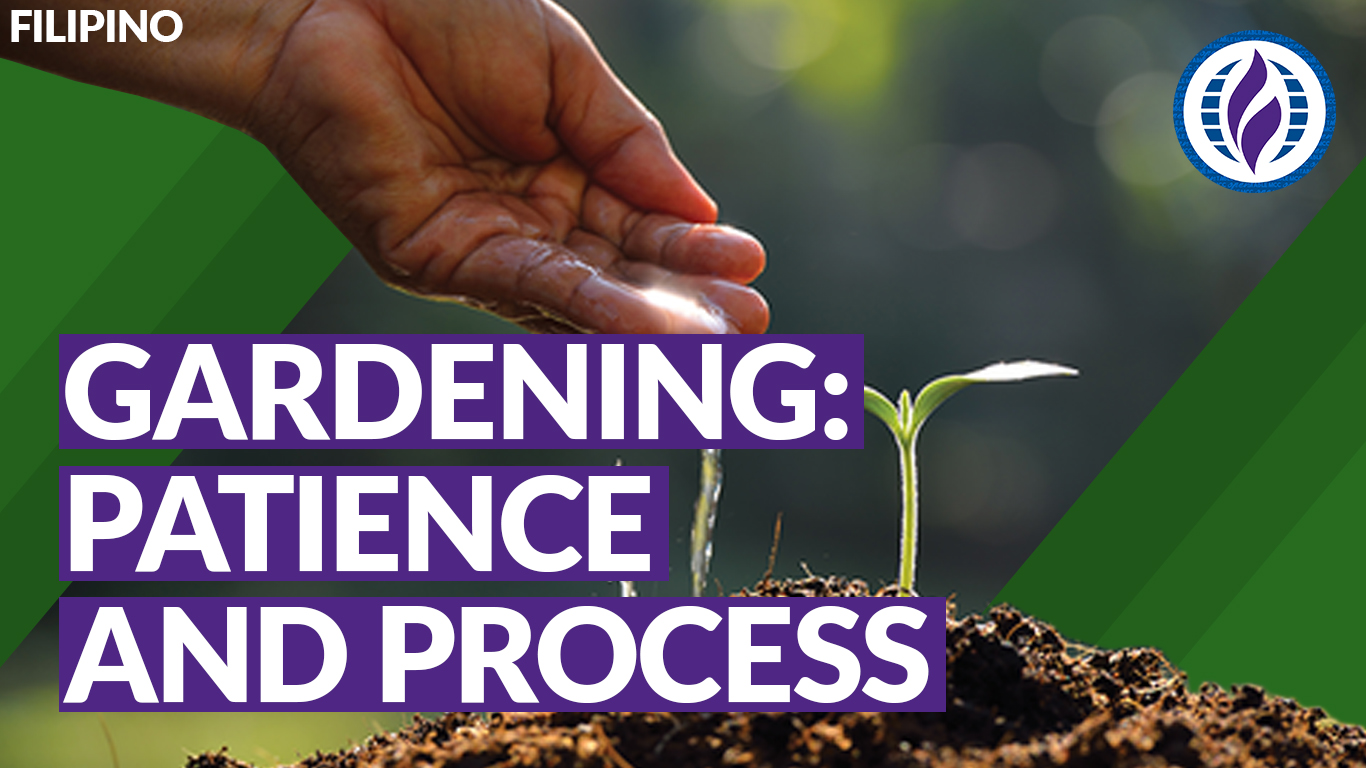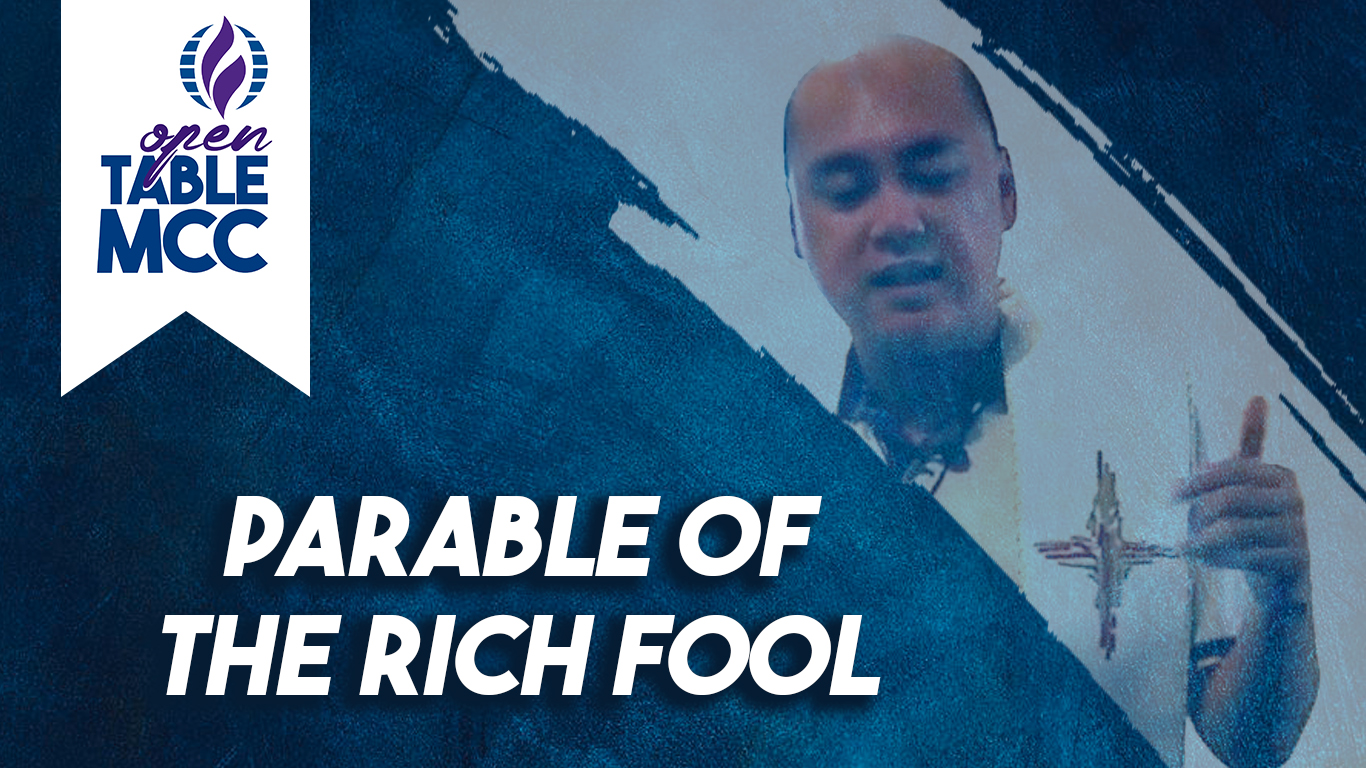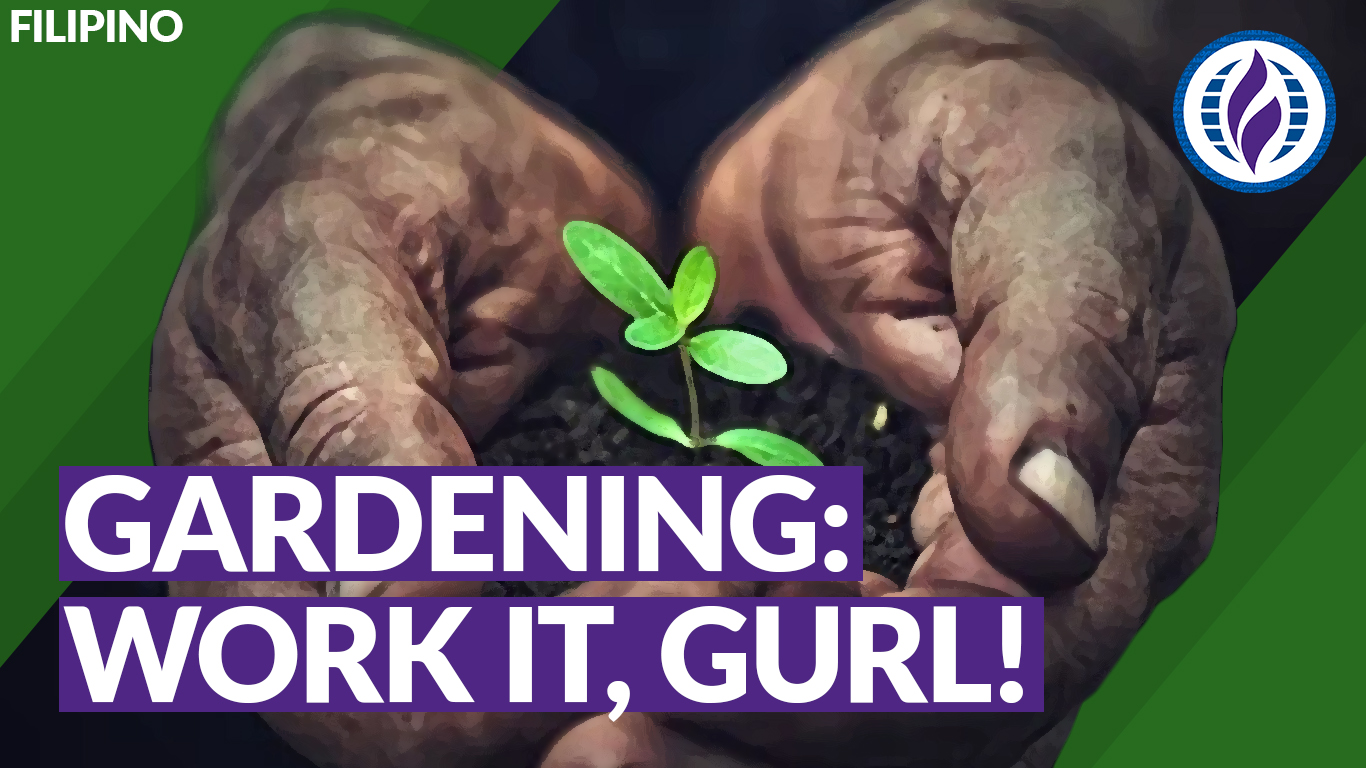Soil health is the foundation of productive farming practices. Fertile soil provides essential nutrients to plants. Important physical characteristics of soil-like structures and aggregation allow water and air to infiltrate, roots to explore, and biota to thrive. Diverse and active biological communities help soil resist physical degradation and cycle nutrients at rates to meet plant needs. Soil health and soil quality are terms used interchangeably to describe soils that are not only fertile but also possess adequate physical and biological properties to “sustain productivity, maintain environmental quality and promote plant and animal health” (Doron 1994).
According to the (USDA) Natural Resource Conservation Service, “Soil quality is how well soil does what we want it to do.” In order to grow our crops, we want the soil to hold water and nutrients like a sponge where they are readily available for plant roots to take them up, suppress pests and weeds that may attack our plants, sequester carbon from the atmosphere, and clean the water that flows through it into rivers, lakes, and aquifers.
Soil organic matter (SOM) is a complex of diverse components, including plant and animal residues, living and dead soil microorganisms, and substances produced by these organisms and their decomposition. SOM influences the chemical, biological, and physical properties of the soil in ways that are almost universally beneficial to crop production.
This tiny fraction of the soil volume (agricultural soils average 1-6 percent) has an overwhelming influence on most other soil properties. Often classified as “the living, the dead, and the very dead,” it is composed of three components: living organisms, fresh residue, and well-decomposed residue. Each of these components contributes to the vital functions of soil.
Bacteria, fungi, protozoa, earthworms, tiny insects, and other organisms form the living fraction of soil organic matter.
The second fraction of soil organic matter is the “dead”–fresh residues that have been recently added to soil. This is active, easily decomposed material that provides the fuel for soil organisms.
The soil is alive.
Contemporary Reading
Soil Quality Information – Lynn Kime, PennState Extension
He also said, “The kingdom of God is as if someone would scatter seed on the ground and would sleep and rise night and day, and the seed would sprout and grow, he does not know how. The earth produces of itself first the stalk, then the head, then the full grain in the head. But when the grain is ripe, at once he goes in with his sickle because the harvest has come.”
Scripture Reading
Mark 4:26-29 (NRSV)
Our scripture reading today is not a famous or familiar parable and it is only found in the gospel of Mark. Does not exist in the other gospels. It has been titled by bible translators as the parable of the growing seed. This parable does not have an explanation by gospel writers unlike the other parables.
However, since this parable follows after the parable of the Sower, therefore its meaning might be closer to it in terms of the good soil producing good crops.
The parable of the Sower is all about the different soils and the explanation provided by the gospel that the soil are individual people who receive or hear the Words.
Perhaps this parable of the growing seed is a connection to the good soil mentioned in the parable of the Sower. Good soil produces good crops. Those who listen to the Word and act on them will produce what is good.
While most of the parables of Jesus DID really come from the historical Jesus, the explanation provided, according to the Jesus scholars, may not have entirely come from Jesus but rather from the community of which the author of the gospel is part of. They have received a parable that the historical Jesus told. As the parable was transmitted orally, the community of 1st, 2nd and 3rd generation Christians interpreted the parable in relation to their context and how they continue to experience the non-physical presence of Christ in their communities until such time that someone decided to write everything down.
2000 years after, we continue to interpret both the words of the historical Jesus, the words attributed to him, and the words about him.
So today, we heard a parable that early the Christian community of Mark did not have an explanation but whose meaning might surely be connected to the parable of the Sower. It talks about a soil that produces and yields good crops. The Sower knows not how but the earth – the soil – yields.
Like the 1st, 2nd, and 3rd and even up to the 4th generation Christians, like what they did, I want to interpret this parable according to our context today. How is it relevant to us being Queer and Christian, or simply, being human in today’s context of so many choices available to us in matter of a “click” in the palm of our hands.
I would like us to consider that perhaps the Sower is you, the individual and the seeds you scatter in any given plot of land or soil are the seeds of your faith, seeds of your hopes, prayers, seeds of your time, effort and attention. The seeds you scatter are your questions, doubts and even hurts as a queer Christian. The seeds you scatter are your story and vulnerability. The seeds you scatter is your love for God, others, and yourself. You scatter your seeds in a soil you think is good. Like a farmer you hope that the precious seeds you scatter in your chosen soil will yield and produce good crops, flowers, and fruits even if you do not know how the process would be.
The question we need to ask, do you even know if the soil is good. For some Queer Christians, you have had the experience of scattering your seeds in a bad soil – in a church that took away your hope and even your love for God and yourself. You have scattered the seeds of your story and vulnerability in churches and other spaces where instead of being nourished, it was attacked and devoured by parasitical insects. You have given the seeds of your love to a lover or a friend who did not have the nourishment to grow them.
In talking about seeds and good soil, this is not just about faith. It is the totality of life which includes your faith and spirituality. Afterall land and farming in ancient times is essential to living. I think it is still today even among us. You cannot compartmentalize or separate faith from all other aspects of life. They’re all interrelated. And even if we only talk about Christian faith, kung yun lang ang pag-uusapan natin, how can the seeds of your faith sprout, take root and spread roots, grow, flower, and produce fruits if you cast your faith in a soil – an environment – that is not healthy and good? Not possible. Even if we just talk about faith, it needs a good environment, a good soil to grow and live.
So before you scatter again your precious seeds – Ask the question, where is the good soil? What is the mark or the signs of a good soil? It is paramount that when you offer your seeds and plant them in relationships, communities, and other spaces, you know that it is a soil worth casting your seeds and the likelihood of growth outweighs some risks, a few challenges and discomforts, a little bit of dirt on your hands, and even a bit of disappointment from time to time.
So what are the signs of a good and healthy yet imperfect soil. 4 Signs:
A good soil is a little darker in color because of organic matter.
– It is full of nutrients. Sabi dun sa ating contemporary reading about soil, “Fertile soil provides essential nutrients to plants.” Makulay at malaman. Hindi sabaw at malabnaw. Hindi puro mema lang. May sustansya. May Malalim. Pag nakita at nahawakan mo pa lang, masesense mo kagad na may potential. Our parable tells us that farmers and by extension gardeners in ancient times, do not know how the earth – the soil – transforms seeds and yield them the crops. Yet, then and now, experienced farmers know if a soil is good by simply touching, looking, and smelling. Niraramdam. So when you get into a relationship, a potential community or an organization, observe. Look closely. Listen carefully. May sustansya ba? Hindi pwedeng puro ganda lang or daks lang, pero apologist or loyalist pala or kakulto. Kahit hindi mo pa malaman ang lahat ng bagay tungkol sa kanya or kanila, by listening carefully and observing intently, masesense mo kung yung taong potential mong jowain o kaibiganin, kung yung LGBT organization or Queer Church na iyong sasalihan ay may sapat na sustansya for the possibility of your seeds growing. If the seeds of your faith will potentially grow in that community. If that person or community is the right kind of soil for you and your seeds. If the seeds of your love and affection, your attention and effort, your story and vulnerability, and all your other precious seeds have the potential of growing.
Good Soil Not too Compact. It is soft and crumbly but does not erode easily.
Good soil that yields good crops must be soft, flexible, hold itself together, absorbs water and air but also allows them to flow.
There’s ample granular space – allow roots to spread and does not restrict them. Well balanced with sufficient moisture and dryness.
A good relationship, organization, or community has a good balance of interconnectedness that holds people together but allows and respects enough space for people to experience and receive or know other external elements. Ang isang maayos na relasyon o komunidad ay kumikilala at rumirespeto sa espasyo ng bawat isa while at the same time, may banayad na pagkapit at paghawak. Hindi natatakot sa pagdaloy ng ibang elemento, therefore, hindi nanakal. If the soil is too compacted (too tight), the growth of roots is not possible or it will be limited and therefore the plant itself will not grow to its maximum potential. Pero pag sobra din ang space, the same way happens, roots cannot properly hold on and cannot have firm stability. It will also not grow properly and external forces like rainwater and storm winds will stumble it or wash it away. Pag masyado rin maluwag, it cannot hold water and air that is vital to the nourishment of your seed. The balance of space and compactness is a tricky one and is not always in perfect equilibrium, but despite the delicate balance that swings one way or another from time to time, you’ll know if the relationship or community has a healthy and good texture and consistency like a good soil that is soft and crumbly that allows space but also able to hold things together.
Vibrant with other life forms: Has good insects and worms on it. Good bacteria.
A good relationship, organization or community has the right amount of messiness and dirt. Soil is DIRT. Madumi at amoy lupa. When you plant your seeds and you tend to them, you are bound to get your hands dirty. You are bound to have bacteria and germs in your hands. Walang relasyong hindi ka marurumihan. Love in the context of relationship is a messy kind of work. With this messy soil, there’s a diverse number of insects and worms, fungi and bacteria. Yung iniisip natin na madumi, amoy lupa at nakakadiring mga insekto at bacteria is what makes a soil good. There’s a vibrant diversity of life forms that co-exist with each other. Our contemporary reading tells us, “Diverse and active biological communities help soil resist physical degradation and cycle nutrients at rates to meet plant needs.” The same article tells us that the diversity of living organisms holds the soil together. The article says, “These bacteria and fungi excrete sticky substances that hold the soil together into aggregates and provide food for an entire web of organisms in the soil”. So kung naghahanap ka ng isang wagas sa linis na relasyon o community, soil na walang bacteria and other lifeforms, there’s no such thing. Well meron and it is called dead soil like the soil in mars.
Bacteria and germs are necessary in growing crops. The bacteria and fungus are essential in processing and breaking down dead things that eventually becomes nutrients for the biodiversity of the soil and therefore nutrients for your seeds. Your plants.
This diversity of good bacteria, fungus, worms and other insects would even protect plants and trees or make them resistant from harmful deceases and parasitical lifeforms. The entire biodiversity of the soil becomes a network that puts harmful forces at bay or together, the biodiversity makes themselves resistant to harmful external forces.
The thing about biodiversity in a relationship or in a community, it seems that it is difficult and uncomfortable as much as it is life-giving. The dynamisms of a good soil has its own times and reasons of breaking down or decomposing things in the soil. Of friction. It may seem a nasty thing at first, but in the grand scale of things, the biodiversity of soil, is in itself a circle of life that benefits everyone who is part of it. You are nourished. You are protected and strengthened. You and your seeds live and grow in the messiness of good soil.
Death, decay, and dark things are acknowledged and processed as part of a vibrant life. –
Nabanggit ko na in number 3 – that fungus and bacteria are essential in breaking down dead and decaying things to become future nourishment.
Dead and decaying things – dark emotions and hurtful experiences are not brushed aside, avoided, or discarded. They’re acknowledged. They’re processed. They’re broken down to pieces to be transformed for the nourishment of the biodiversity. Dead and deathly things must be processed for them to become life giving instead of becoming poision. Two red flags in any potential relationship, organization or community – the one that only and always “Looks” at the bright side of things in such a way that negates, deflects, or invalidates negative emotions and experiences. This is what you call as false positivity. And the 2nd red flag is when negative or dark emotions and experiences becomes the front and center of relationship or organization. Walang pagproproseso, instead, it becomes an idealization of victimization or they’re used as a fuel for unprocessed anger that grows (and roots) into hatred.
A good relationship or community has a way of recognizing and not running away from death and decaying things – from the difficult conversations and uncomfortable processes. Hard questions and painful doubts, true and authentic confessions and repentance, personal and collective accountability – A good community will sit with you and go through with you in the process even when that process means letting some relationships die a natural death. Afterall whatever dies is never truly gone. What died and got processed properly becomes necessary nutrients for the life and growth of our precious seeds.
There are many kind so soils out there. Some are good. Some are okay. Some are dead. Some are poisonous and toxic. Some are fraudulent – may look nice at the surface but toxic underneath. Feel and assess for yourself. Are the current soils where you are and where you cast your seeds are good and healthy soils? Not perfect. But healthy enough. I hope and I pray you are currently rooted in good soil and there the seeds of your faith, hope, and love are growing. If you are not yet in good soil, look for the good soil somewhere else. But in looking for good soil, also assess your own self, baka naman hanap ka ng hanap ng good soil, lahat na napuntahan mo na at nasubukan ang problem apala eh ikaw yung lason. Ikaw pala yung toxic. Going back… Look, touch and observe for good soil. Test the soil and test yourself. If you find it to be healthy and good despite its imperfection, plant yourself and your seeds on it, and hopefully you will grow and yield crops and fruits that will feed others. Let us pray that every queer child may find good soils that is loaded with the love of God and where they can cast their seeds and grow. In the name of the Sower who planted his seeds of the Spirit in you. In all of us. Amen.
Podcast: Play in new window | Download
Subscribe: Apple Podcasts | Spotify | RSS



